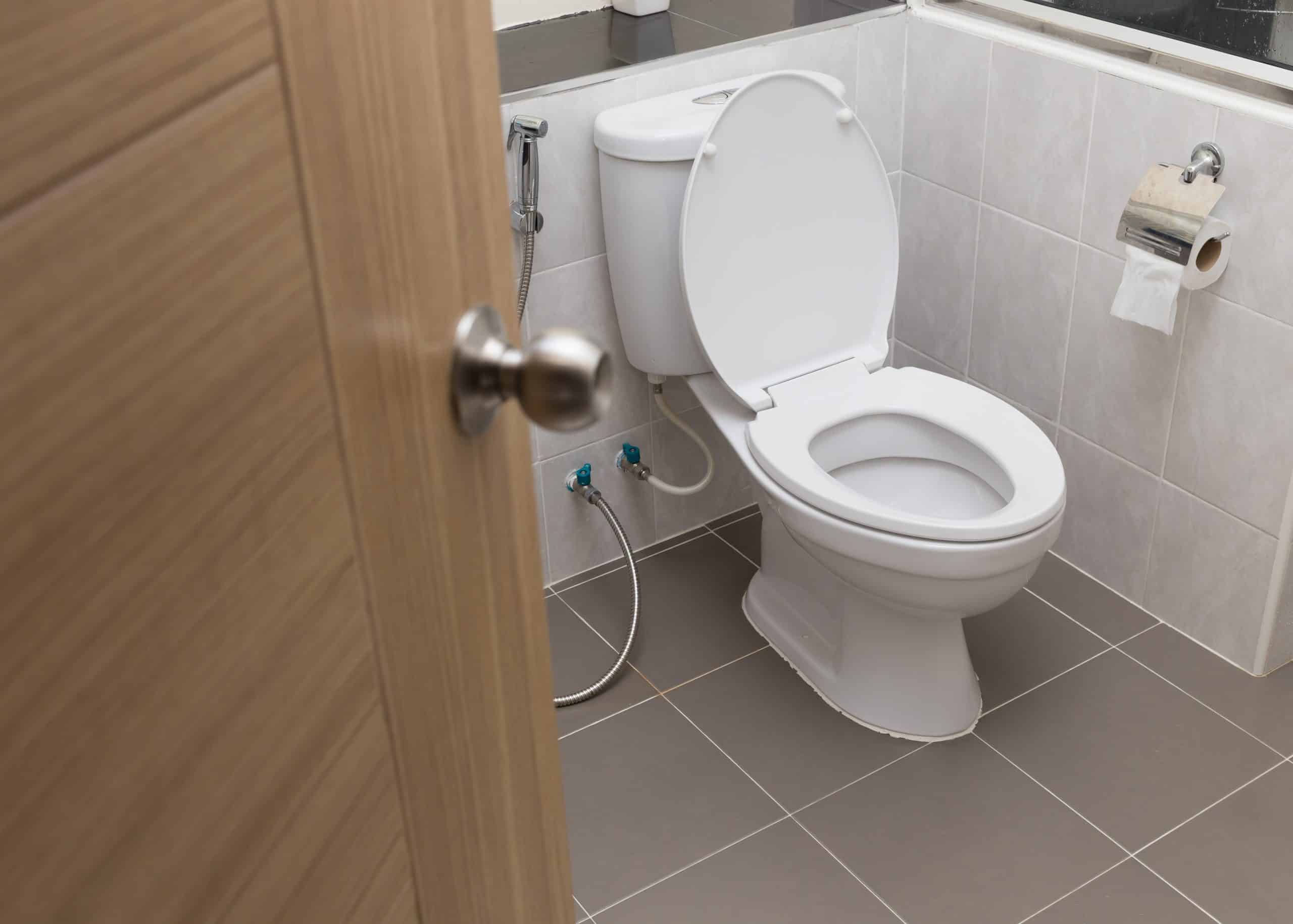When you think about the most dangerous places in the world, your first thought might be a place far away. In reality, one of the places that are most fraught with hazards is probably just a few feet away from you.
The bathroom poses more danger to the average person, in fact, more than 235,000 people in the U.S. end up in the emergency room with injuries sustained in one of the smallest rooms in the house.
Thankfully, there are a number of things you can do to reduce hazards in your bathroom and prevent injuries. Here are some tips and guidelines for making your bathroom as safe as possible.
The Importance of Bathroom Safety
Bathroom accidents are a leading cause of injuries in the home. According to the Centers for Disease Control and Prevention (CDC), bathroom-related injuries accounted for 27% of all home injury deaths in 2010.
Bathroom accidents are responsible for a large number of injuries among children and older adults — mostly due to slipping and falling. For a place most people use multiple times a day, the bathroom should be as safe as you can make it.
There are a number of simple steps that homeowners can take for maximum bathroom safety. Taking the right precautions can help prevent serious injuries and make the bathroom a safer space for everyone in the home.
Tips for Bathroom Safety
Consider taking action on the following tips to ensure your bathroom(s) is as safe as possible.
Tidy Up
To make your bathroom safer, keep it clean and clutter-free. There should be nothing on the floor that could cause someone to slip or trip, including towels, rugs, baskets, or other household items. Clutter can be a hazard, especially if children can get to it. Try to keep things tidy so there are no tripping hazards.
Steady as She Goes
Prevent slips and falls by installing grab bars in strategic locations — especially by the toilet and in the bathtub. Grab bars provide support and stability when moving about the bathroom. Also, use non-slip mats in the bathtub/shower area and on wet floors.
Eliminate Shock Hazards
Make sure all electrical outlets are GFCI (ground fault circuit interrupter) protected to prevent shock hazards. Keep all electric devices or appliances away from water, including the toilet, tub, and sink.
Keep It Clean
A sanitary bathroom is a safer bathroom. If possible, clean the walls, floor, and fixtures at least once a week.
Be aware of potential environmental hazards such as mold and mildew growth, which can occur in damp areas like bathrooms. Mold and mildew can grow in humid environments, so make sure your bathroom is well-ventilated and you clean it up right away if you see any signs of mold or mildew.
Make It Child-Safe
Kids use the bathroom, too — often with the door closed. Make sure there’s nothing dangerous they can access such as cleaning chemicals, razors, or scissors.
Light the Way
A well-lit bathroom is essential for preventing hazards. Make sure the light shines in from all sides, including the ceiling.
The Easier the Better
Keep frequently used items within easy reach, such as towels and washcloths, so you don’t have to stretch out far to grab them.
Home Modifications for Bathroom Safety
As we age, our bodies become more vulnerable to injury. We can make some simple changes that go a long way in preventing accidents and keeping everyone safe. Changes can be very simple like adding a nightlight or toilet riser. Grab bars are another simple change that has a significant impact. You can also explore more expensive and involved changes like installing motion-sensitive fixtures up to barrier-free showers.
When remodeling work is necessary to make a bathroom safer, contact Havenside for guidance on how to choose the right solutions and find the best contractor to get the work done. We can also point you in the right direction for finding funding assistance for home modifications.

